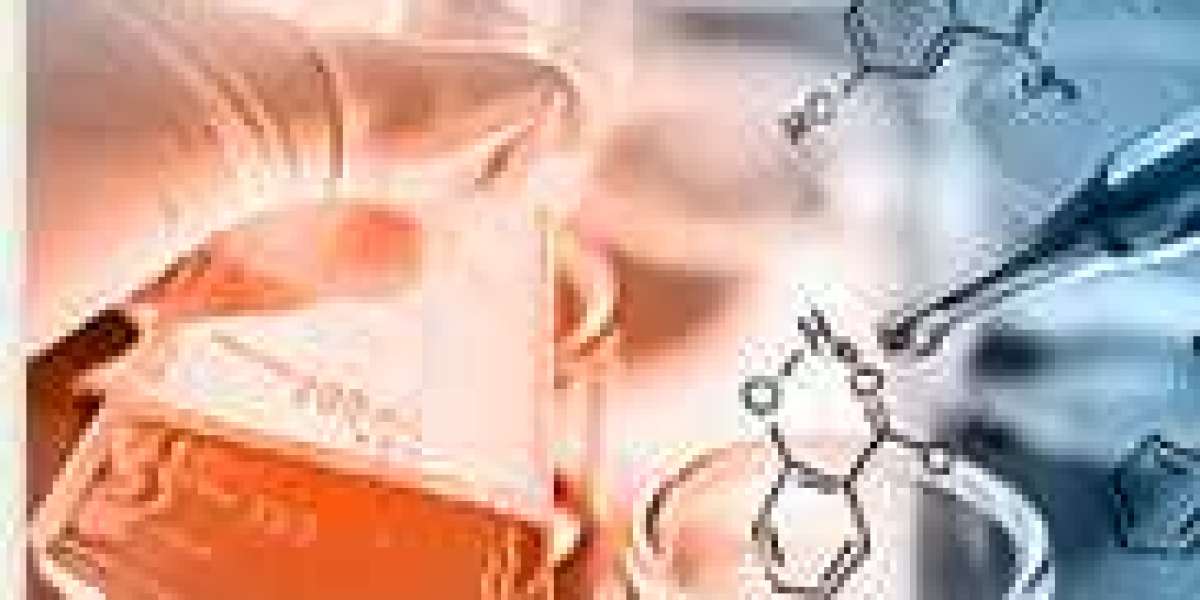Macromolecules, also known as biologics, are complex molecules typically derived from living organisms such as animals or microorganisms. They differ from small molecules, which are chemically synthesized compounds with a defined structure.
Vaccines, blood and blood components, allergies, somatic cells, gene treatments, tissues, and recombinant therapeutic proteins are only a few examples of the wide range and diversity of biological products. Prompt use of biologics may provide the most effective means of treating a variety of diseases and conditions for which no other treatment options exist.
Examples of biologics considered large molecules
- Monoclonal Antibodies (mAbs): Adalimumab (Humira), rituximab (Rituxan), and trastuzumab (Herceptin).
- Recombinant Proteins: Erythropoietin (EPO), insulin, and growth factors like granulocyte colony-stimulating factor (G-CSF) and erythropoietin-stimulating agents (ESAs).
- Fusion Proteins: Examples include etanercept (Enbrel), a fusion protein used to treat rheumatoid arthritis, and abatacept (Orencia), a fusion protein used for the treatment of autoimmune diseases.
- Antibody-Drug Conjugates (ADCs): Ado-trastuzumab emtansine (Kadcyla) and brentuximab vedotin (Adcetris).
- Therapeutic Enzymes: Examples include asparaginase used in the treatment of acute lymphoblastic leukemia (ALL) and recombinant coagulation factors used in the management of bleeding disorders.
- Vaccines: Recombinant protein-based vaccines like the human papillomavirus (HPV) vaccine and the hepatitis B vaccine.
- Gene Therapies: Viral vector-based gene therapies like Luxturna for inherited retinal diseases and Zolgensma for spinal muscular atrophy.








